Here’s how many pollution-related deaths your state is exporting or importing
Nationwide, almost half are caused by out-of-state emissions.
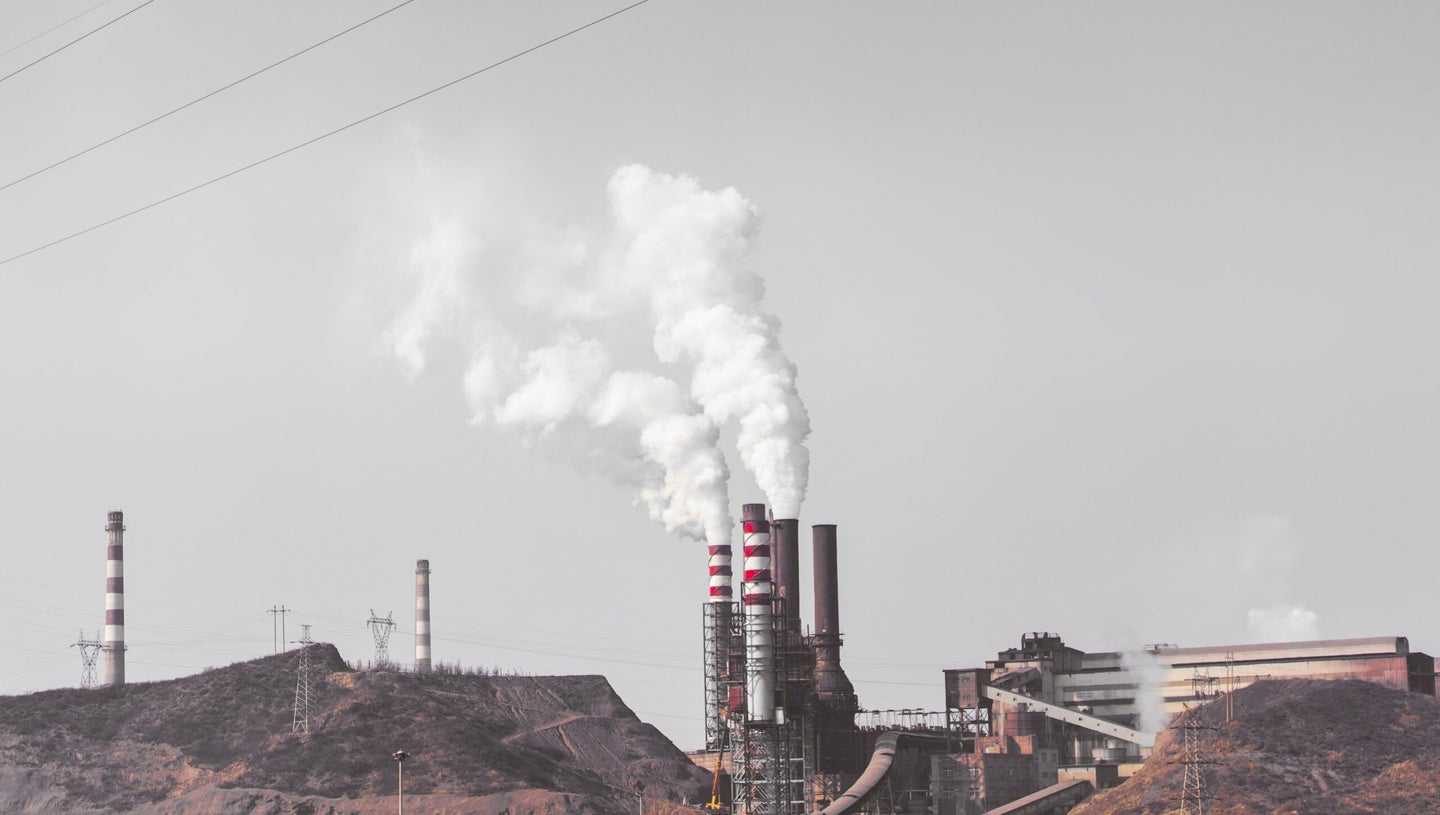
Air pollution isn’t just a local problem. Tailpipe emissions within a city affect the lungs of those living in the vicinity, but wind can also carry particles like ozone and particulate matter into the airways of people hundreds of miles away.
A new study, published Wednesday in Nature, reveals just how much pollution the Lower 48 states are sharing between each other. The findings point to the need for greater cross-state coordination in managing emissions. “Generally, air pollution is thought of a local problem,” says Irene Dedoussi, aerospace engineering professor at Delft University of Technology and lead author of the research. “Increasingly, before this study, we were becoming aware that air pollution can be affected by distant sources.”
Air pollution kills between 90,000 to 360,000 people in the U.S. every year. And the two pollutants public health officials are most concerned about—ozone and fine particulate matter—are responsible for 90 percent of air pollution-related deaths.
The Nature study might be first to attribute how much air pollution is crossing state lines. Dedoussi says such an analysis hadn’t been performed until now because following the footprints of particles in the atmosphere back to their source requires serious computing power. Now, atmospheric scientists are finally able to do so. As Steven Barrett, a coauthor of the study and an aerospace engineering professor at Massachusetts Institute of Technology, puts it, “the basic idea is do a simulation of what’s happening in the atmosphere, but backwards.”
The team used EPA emissions data for the years 2005, 2011, and 2018 and a computer model that simulates wind patterns and transport of different pollutants to find out where each state’s emissions are winding up.
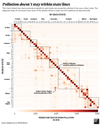
The team was surprised by how much pollution was moving out of state. In 2005, on average, 53 percent of air pollution impacts occurred outside the polluting state. That went down a bit to 41 percent in 2018. That means almost half of air pollution deaths are caused by out-of-state sources. “It’s a comprehensive and nice study,” says Amir Hakami, an environmental engineering professor at Carleton University who was not involved in the research. “I don’t think it changes anything in the larger picture, but it would be a nice thing to refer to when the [cross-state air pollution] issue comes up.”
Hakami adds that the mortality projections in the study may not be perfect. The effects of air pollution don’t follow a linear trend, where additional pollution brings on additional deaths at a consistent pace. Instead, initial dumps of particles into a clean sky cause a surge in air pollution related mortality, but after that additional increases in pollution have smaller effects.
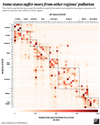
The Nature study also shows which states are net exporters or importers of pollution. In general, winds carry emissions from west to east. States in the Northeast were the net importers, especially New York. While emissions from as far as away as Ohio power plants were wafting in the state, New York’s own emissions scattered out over the sea. Sparsely populated states in the Midwest are among the largest pollution exporters; that region has relatively few people, so most pollution impacts are felt downwind in more populated states. Wyoming—which has the lowest population density of the Lower 48—exported 96 percent of its air pollution deaths.
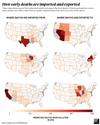
Across the three years studied, differences between the sources of the traveling pollution also emerged. While 70 percent of early deaths from energy production occur out of state, the total deaths attributable to this source are declining, due to the shuttering of coal-fired plants. Meanwhile, particulate matter from homes and commercial facilities has increased. The study found that in 2018, combined residential and commercial emissions killed two times as many people across state lines as power generation. The fact that residential and commercial emissions had such an impact was surprising, says Barrett. “We thought electric power would be the main source.”
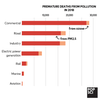
Barrett says that a lot of commercial and residential emissions come from heating and cooling systems, such as wood or boilers used to heat homes. Hospitals also often have their own power plants. With the decline in energy production emissions, the many diffuse sources of residential and commercial pollution now kill more people than other sectors, according to the study.
Right now, the EPA only regulates cross-state emissions for energy production. Power plants in states upwind of neighboring states have special pollutant rules they need to meet to reduce health impacts downwind. Barrett and Dedoussi say their findings highlight the need to also regulate other sources of cross-state emissions. One way to reduce some of those emissions would be to switch buildings to electrified heating and cooling, using technologies like heat pumps. “In order to reduce [air pollution] we should pay attention to sectors that less attention was paid to in the past,” says Dedoussi. “Electric power generation is not the leader anymore.”
